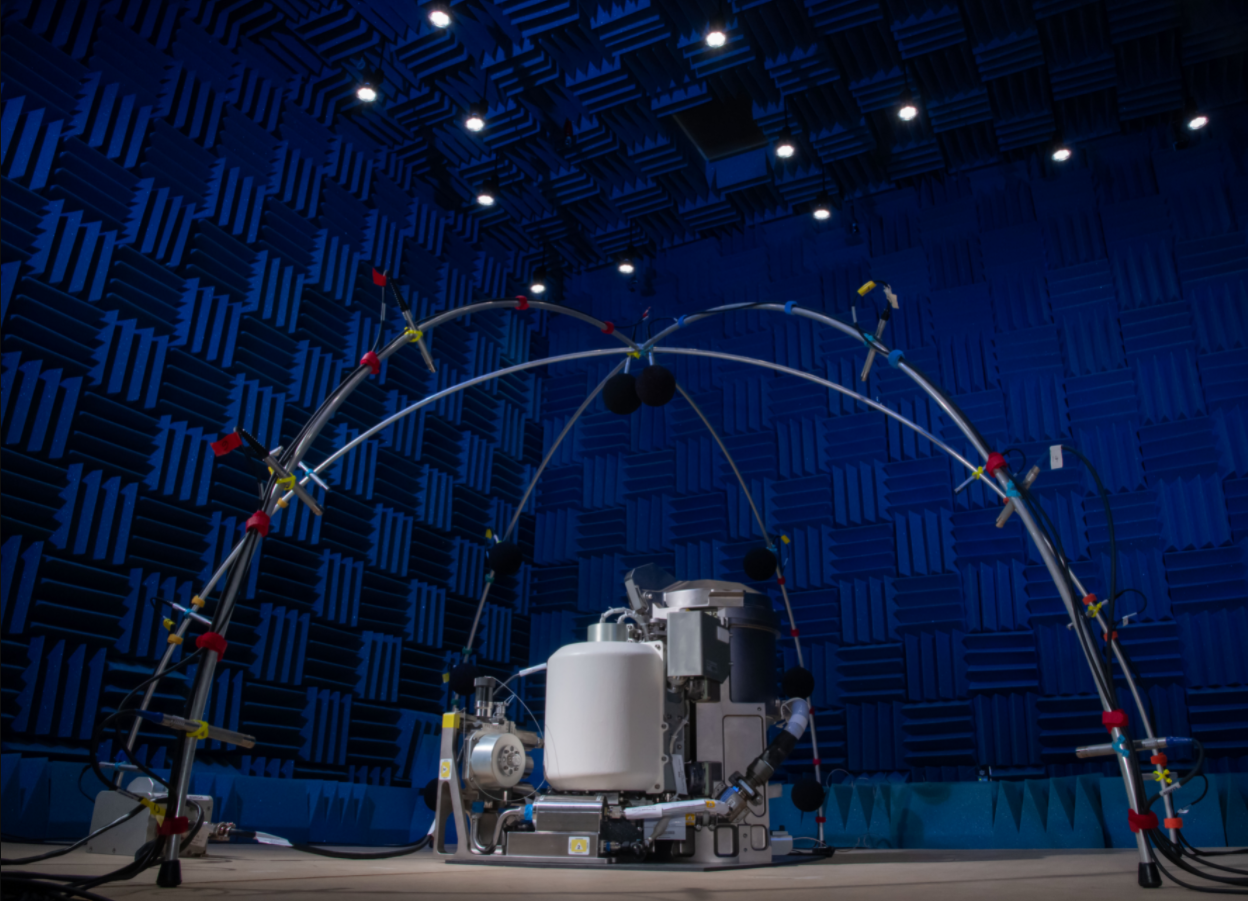The Answer to Everything: Ask More Questions
When in doubt, ask questions — especially when crew health and safety depends on it.
It’s something Christopher Sinclair did when he wasn’t entirely sure the hazard analysis done on the installation of a new toilet system for the International Space Station would be sufficient to cover the piecemeal method the crew would be using to install it.
Sinclair, an Operational Support Officer, or OSO, was on console and working an Orbit 1 shift when the procedure came through. As OSO, Sinclair was to do a quick review before hitting the button to publish the flight note, but paused instead.
“My job is to basically do a quick review before I hit the button, because basically it’s been through all the reviews and such,” Sinclair said. “But looking at it, I had a question about the grounding of one of the electrical connectors.”
Sinclair had run into a related but different issue about a year prior, which is why he hesitated to take the hazard analysis at face value.
“I just started asking questions about the grounding of these electrical connectors, and we started digging into it,” Sinclair said. “And we found out that in the configuration we were going to put the hardware in, in this sort of piecemeal install setup, we weren’t going to have the right grounding. That was the real trick of it. The hardware was designed correctly, it just assumed (and it’s not a bad assumption to make), that your hardware is going to be continually installed.”
Continuous installation would not be possible for the crew, who would have to break up the install into smaller jobs.

The new space toilet, shown here in its full assembly on the ground, offers more comfort and improved efficiency for deep space missions. Credits: NASA
“We were doing something just a little different, and that’s where it tripped us up,” Sinclair noted. “The grounding was correct for the fully installed operating system, [but] we were basically going to pre-route this electrical cable without hooking up both ends of it, because the rest of the hardware wasn’t there.”
Thankfully, the call to proceed never went through.
“I think part of why they nominated me is that those were the initial answers when we asked the questions — it’s been through the process and hazard analysis looked good, the grounding is correct … and we just kept pushing until we could get a satisfactory answer. It took a lot of pushing, but eventually we found that there wasn’t a good answer, and that we were off the trail a little bit,” Sinclair said.
However, with a little NASA ingenuity the agency is famous for and some duct tape, the toilet install became mission possible after all.
“We still pre-routed the cable, but for the section of it that we couldn’t guarantee we had all the right number of controls on it, we did what we call a ‘burrito wrap,’” Sinclair said. Using thick foam and nylon pieces of cargo bag, the connectors were wrapped, duct-taped, and tucked out of the way, so “even if that connector were to get energized, the crew wouldn’t be able to touch it.”
We are often taught to be relentless in the pursuit of our goals, but usually that doesn’t cover things like asking questions … over and over again. It’s human to fear being a nuisance, and it would’ve been remarkably easy for Sinclair to have just hit “approve” and let the issue lie. There was a hazard analysis. Everything seemed OK from a safety standpoint.
And maybe it would’ve been OK. But, then again … maybe not.
“Part of it is just realizing we’re all trying to do the same thing,” Sinclair said. “Everyone here wants to keep the crew safe. I think there’s a tendency to feel like maybe you’re bothering people, but it’s painfully obvious why you’re doing it. You’re doing it because you have safety concerns.
“The way I always approach these things is whenever you run into resistance, there’s disconnect there somewhere, right? I find a lot less resistance to these sticky conversations when I go in there with the idea or the mentality of ‘Show me what I’m not understanding.’ And that’s kind of what we did here. You just kind of have to keep asking, the ‘Why this?’ Channel your inner 5-year-old. Then, eventually, you realize there’s no solid answer behind it — but doing that process, you help other people realize the same.”
Sinclair was only ever looking for answers; but, as a happy result, he also netted a Silver Achievement Medal for embodying NASA’s core values of safety and integrity.
“We are so proud of Chris for staying vigilant and fighting to do the right thing,” said Pamela August, Sinclair’s nominator and branch chief for the Mechanisms, Maintenance, and Crew Systems in the Flight Operations Directorate. “His actions demonstrated the responsibility we all carry to keep our crew members safe.”
While you won’t find Sinclair on console anymore, he is now employing his notable attention to detail with the Gateway program in their Mission Integration and Utilization Office.








